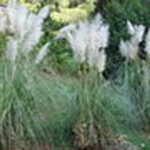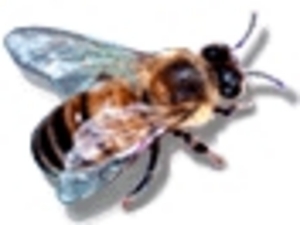Dwarf pampas grass has its origin in the western countries. Its scientific name is Cortaderia selloana and commonly known as Pumila. It belongs to the family Poaceae and also Gramineae. The genus name is Cortaderia and the species name is selloana.
Dwarf pampas grass is of different varieties in the inflorescence color. They are of silver, ivory, white, pink and pale yellow extremely showy with its large fluffy flowers. These plants are the ornamental kind, and have no use as a food crop. These plants are found all over the United States, especially in the east and south, as they tend to need a lot of water in order to grow tall enough.
The Dwarf pampas grass is a perennial grass. It has the resistance to tolerate drought and extreme sun. It grows very fast up to the height of 3 – 5 feet. Its width is approximately 4 – 6 feet, and the inflorescence stalk will be 8 – 10 feet long. These stalks come from inside clustered leaves which look like arches. The leaves are narrow and green. Silver white plumes with a pink blush remain attractive until mid winter. They are also good for dried arrangements.
Dwarf pampas grass female plants produce more showy plumes than male plants. The sharp edges are their attractive features. These plants can also be grown in coastal condition. The grass can be grown in a variety of soils but grows rapidly in fertile, moist, well drained soil.
The dwarf pampas grass, once it has been grown, will be drought tolerant for as long they are alive. These grasses are well suited for small gardens. This is used as a specimen for its beautiful fall flowers which have long stalk of white plumes which are held above the foliage. These grasses are also wind resistant. These are excellent for sunny locations.
Male plumes appear narrow and thin due the absence of silky hair which covers the tiny flowers. The silky hair like structures is present in the female flowers. These differences in appearance are not noticeable. If you want the Pampas grass to be grown uniformly, it should be propagated by dividing the clump rather than by the seed. Like most Grasses, the roots will fan out underground and will spawn new plants much faster than growing them by the seed.
Dwarf pampas grass can be a very attractive and functional plant when cultured perfectly. The grass can grow tall, so if it should be a dwarf pampas grass the root ball can have a cut and the runners will not spread. It can also be made to flower as a pot plant. The garden area get a dramatic effect when this plant is added as a fall and winter accent. These bloom from spring to fall. The Dwarf pampas grass in a pot can grow up to 6 feet tall and 3 feet wide. The zone finders will check which zone you are living and the exact zone suitable are 6 – 11. Partial sun shade will also be suitable.




